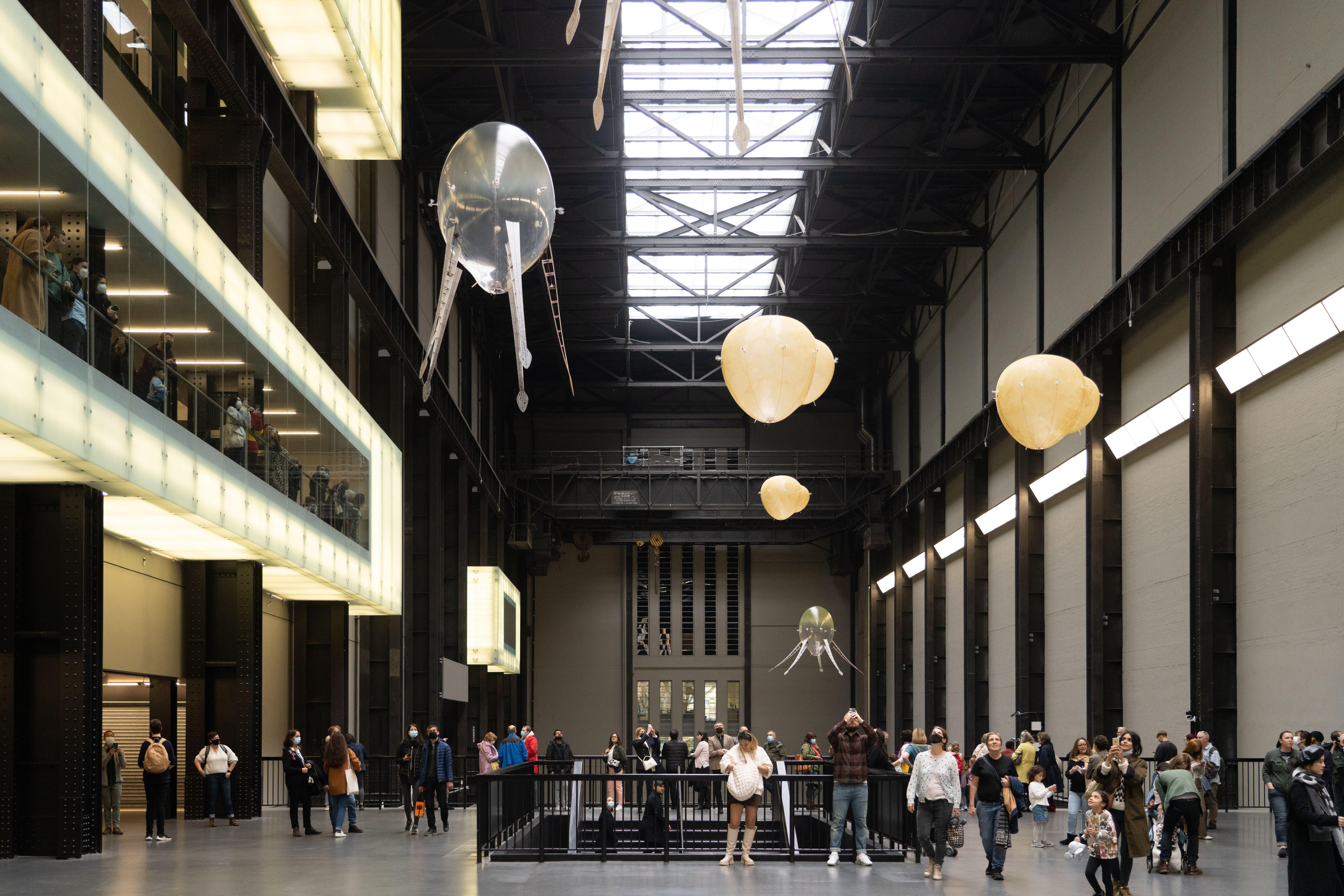Saving VAT on building materials
As well as saving VAT on work classified as 'approved alterations' you can also save on building materials


As we have discussed in previous blogs, services which are an ‘approved alteration' to a listed dwelling or scheduled monument may be zero rated. The building materials then also supplied with those services may also be zero rated. The important issue therefore to be reviewed in this article is, what constitutes a ‘building material' for VAT purposes?
HMRC have given some basic guidelines to help determine whether something qualifies as a building material, but complex variations and interpretation of the wording can cause confusion and has led to a number of Tribunal cases over the years.
Whilst there is no definitive list, HMRC states that a building material is ‘something that is ordinarily ‘incorporated' in a building', meaning it is fixed in such a way that a removal would require the use of tools, or would substantially damage the item and/or the building. ‘Ordinarily' is more a subjective term but HMRC do state that each building should be looked at separately, therefore a pew is common for a church whereas a fireplace is common in a dwelling.
HMRC include a list of items ‘ordinarily' incorporated into different buildings in Public Notice 708 section 13.8
Although the list on the above link details items ‘ordinarily' incorporated, they are NOT all ‘building materials' for VAT purposes, this is mainly because the legislation then excludes the following items for being classified as ‘building materials' for VAT purposes:
- Finished or pre-fabricated furniture (other than furniture designed to be fitted in a kitchen) - Materials for the construction of fitted furniture - Electrical or gas appliances unless:
* It is designed to heat space or water (or both) or provide ventilation, air cooling, air purification, or dust extraction
Sign up for the Country Life Newsletter
Exquisite houses, the beauty of Nature, and how to get the most from your life, straight to your inbox.
* Intended to be used in a building designed as a number of dwellings and is a door-entry system, a waste disposal unit or a machine for compacting waste;
* A burglar alarm, a fire alarm, or fire safety equipment or designed solely for the purpose of enabling aid to be summoned in an emergency; or a lift hoist
- Carpets or carpeting material
The impact on the above list will mean that carpets or carpet tiles may well be seen as ‘ordinarily' incorporated into a dwelling, but is then excluded from being a building material whereas wooden flooring qualifies - therefore your design choices can actually save you VAT!
Furthermore, prefabricated furniture and fitted furniture are not building materials for VAT purposes. This would include elaborate vanity units and wall units/ bathroom cabinets, however if you were to put a door across an alcove and put up a rail inside - you have created a wardrobe that HMRC accept is made from building materials, but once you line that alcove with wood, none of the materials used are classed as building materials for VAT purposes, so it can be a very subtle difference which determines the rating of your supplies.
As with all aspects of VAT legislation, it is common to have a difference of opinion with HMRC and to therefore end up in Tribunal. In a recent case, the conflict arose around an AGA as to whether it qualified as a building material. The house owner had bought it to heat the kitchen and to cook on. This, they believed, fitted with the guidelines of ‘designed by the manufacturers to heat space or water this includes cookers which are designed to have a dual purpose to heat the room or the building's water'. However, in this case, even though the AGA was left on all day, was the only source of heat in the kitchen and was controlled by an electronic timer as heating would be, HMRC decided that it was designed primarily as a cooker and did not qualify. Furthermore, the heat provided to the kitchen was incidental and would be the result of any type of cooker being left on all day and therefore did not meet the conditions of being a building material. The Tribunal agreed with HMRC.
An important piece of advice to remember is that if you just buy building materials from a shop then these will always be standard rated. However, getting your contractor to purchase items and to supply and fit them as part of their building services, the goods will become zero rated and the VAT can be saved. Finally, how much the building material costs is always irrelevant; a gold tap will qualify just as much a stainless steel one!
As with most aspects of a project, careful planning and professional advice will help to maximise the potential for VAT zero rating and to use any other VAT reliefs available.

The VAT Consultancy has been recognised as The Best Tax Team in a Boutique Firm at the Taxation Awards. For more information, call 01962 735350.
This is an article from ProjectBook which provides a wide range of information for the conservation, restoration, care and repair of period and listed buildings. The VAT Consultancy is a member of the Heritage Register which contains over 500 vetted craftsmen, contractors and consultants from all over the UK. Updated daily with new content, the website features the heritage register, a products directory, informative articles, current news, events and more. For more information, visit www.projectbook.co.uk
Country Life is unlike any other magazine: the only glossy weekly on the newsstand and the only magazine that has been guest-edited by HRH The King not once, but twice. It is a celebration of modern rural life and all its diverse joys and pleasures — that was first published in Queen Victoria's Diamond Jubilee year. Our eclectic mixture of witty and informative content — from the most up-to-date property news and commentary and a coveted glimpse inside some of the UK's best houses and gardens, to gardening, the arts and interior design, written by experts in their field — still cannot be found in print or online, anywhere else.
-
 London's Tate Modern celebrates its 25th birthday with the help of a giant arachnid and crustaceous telephone
London's Tate Modern celebrates its 25th birthday with the help of a giant arachnid and crustaceous telephoneArtwork by Louise Bourgeois and Salvador Dali, among others, will be on display for the gallery's Birthday Weekender event.
By Annunciata Elwes Published
-
 'The watch is Head Boy of men’s accessorising': Ginnie Chadwyck-Healey and Tom Chamberlin's Summer Season style secrets
'The watch is Head Boy of men’s accessorising': Ginnie Chadwyck-Healey and Tom Chamberlin's Summer Season style secretsWhen it comes to dressing for the Season, accessories will transform an outfit. Ginnie Chadwyck-Healey and Tom Chamberlin, both stylish summer-party veterans, offer some sage advice.
By Country Life Published
